“Adam” project - “Man Very High”? Mission Impossible…
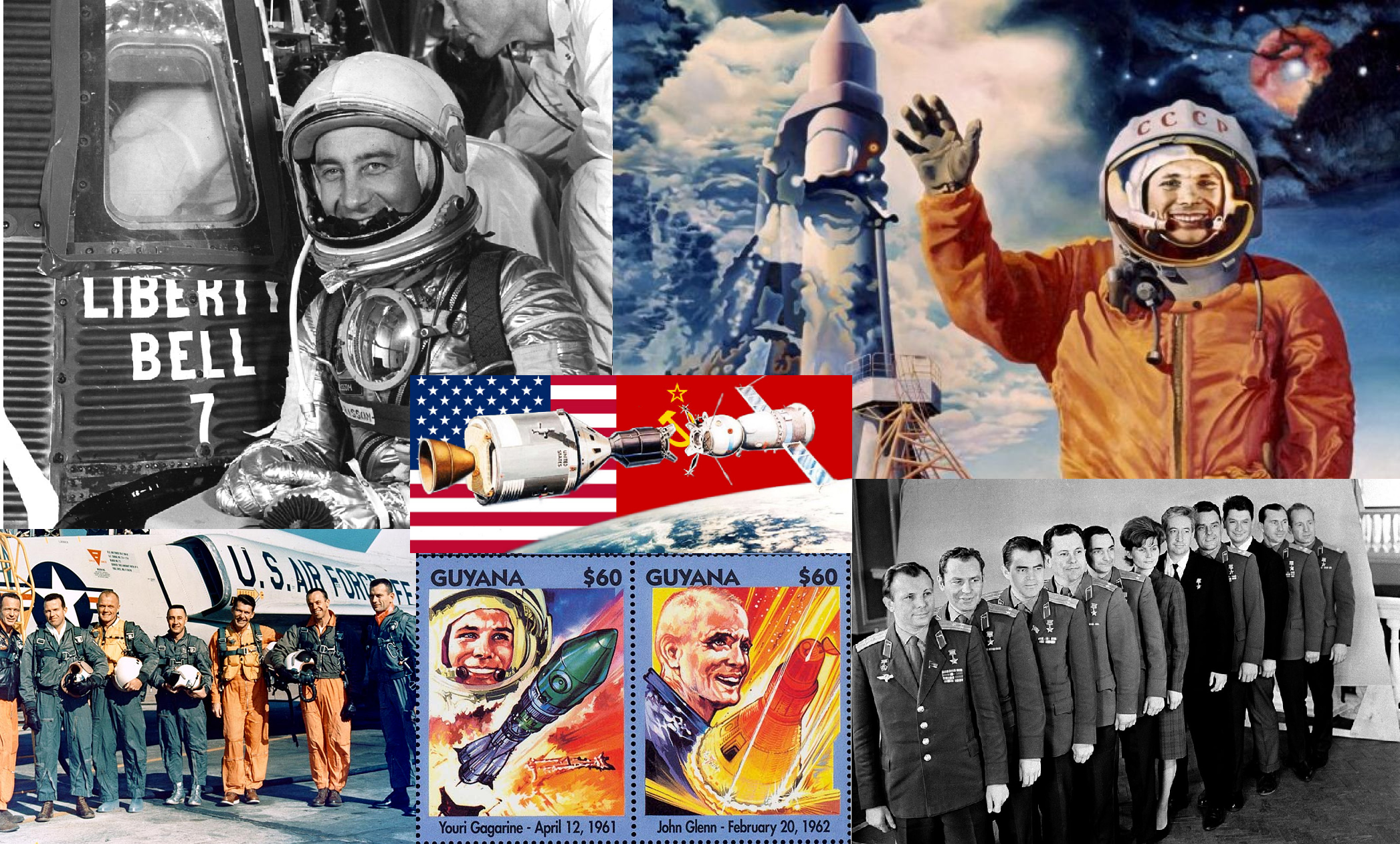
Cosmos is an amazing place full of mystery and risk, and ... um ... cool![one]
Project “Adam”: American unsuccessful attempt to get a prize: “our first man in space is ours”.
The bad autumn of 1957 presented President Eisenhower and the entire Republican administration with the hardest lesson.
')
On October 4, 1957, the first artificial Earth satellite was launched in the Soviet Union. The satellite code designation is PS-1 (Simplest Satellite-1). The launch was carried out from the 5th research site of the USSR Ministry of Defense "Tyura-Tam" (which later received the open name of the Baikonur cosmodrome) on a launch vehicle created on the basis of an intercontinental ballistic missile R-7
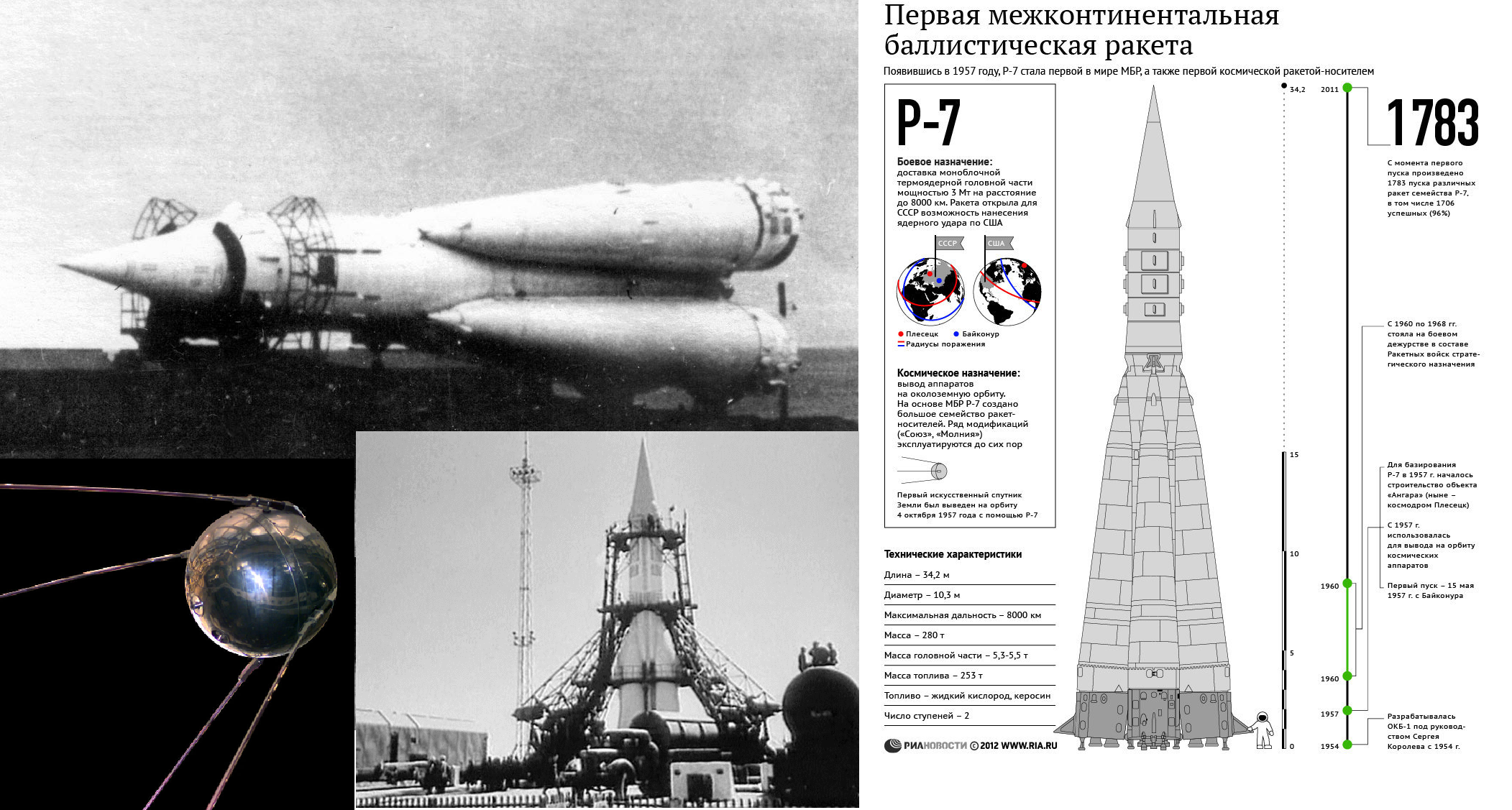
The Americans learned two important lessons:
- - America is noticeably inferior to the Soviet Union in the field of rocketry and astronautics, because of which suffers the defenses of the Western world;
- - In order to overcome America’s lag in this area, it is necessary to combine the efforts and resources of all interested departments in a single organization that will deal only with the space program.
On April 2, 1958, the president sent a message to the 85th US Congress proposing to create a new structure based on the National Advisory Committee for Aeronautics (NACA).

After several months of heated debate, the parliament approved the corresponding bill.
On July 16, 1958, the law on aeronautics and space was approved by the conciliation commission of the Senate and the House of Representatives.
On July 29, 1958, Eisenhower signed the document, which brought it into force. The head of NASA was taken by the president of the Institute of Technology, Case Thomas Kate Glennan.

The office was established on the basis of the National Aeronautics Advisory Council ( NACA ), and the specialists of this respected organization (8,000 employees) formed the core of the emerging corporation. In addition to the aeronautics council, the Jet Propulsion Laboratory of the California Institute of Technology (about 2.5 thousand people) was integrated into NASA, the navy gave up its group that worked on the Avangard project (200 specialists), and in 1960, NASA transferred Werner von Braun (Wernher Magnus Maximilian Freiherr von Braun) with his design department of the Army Ballistic Missile Administration.
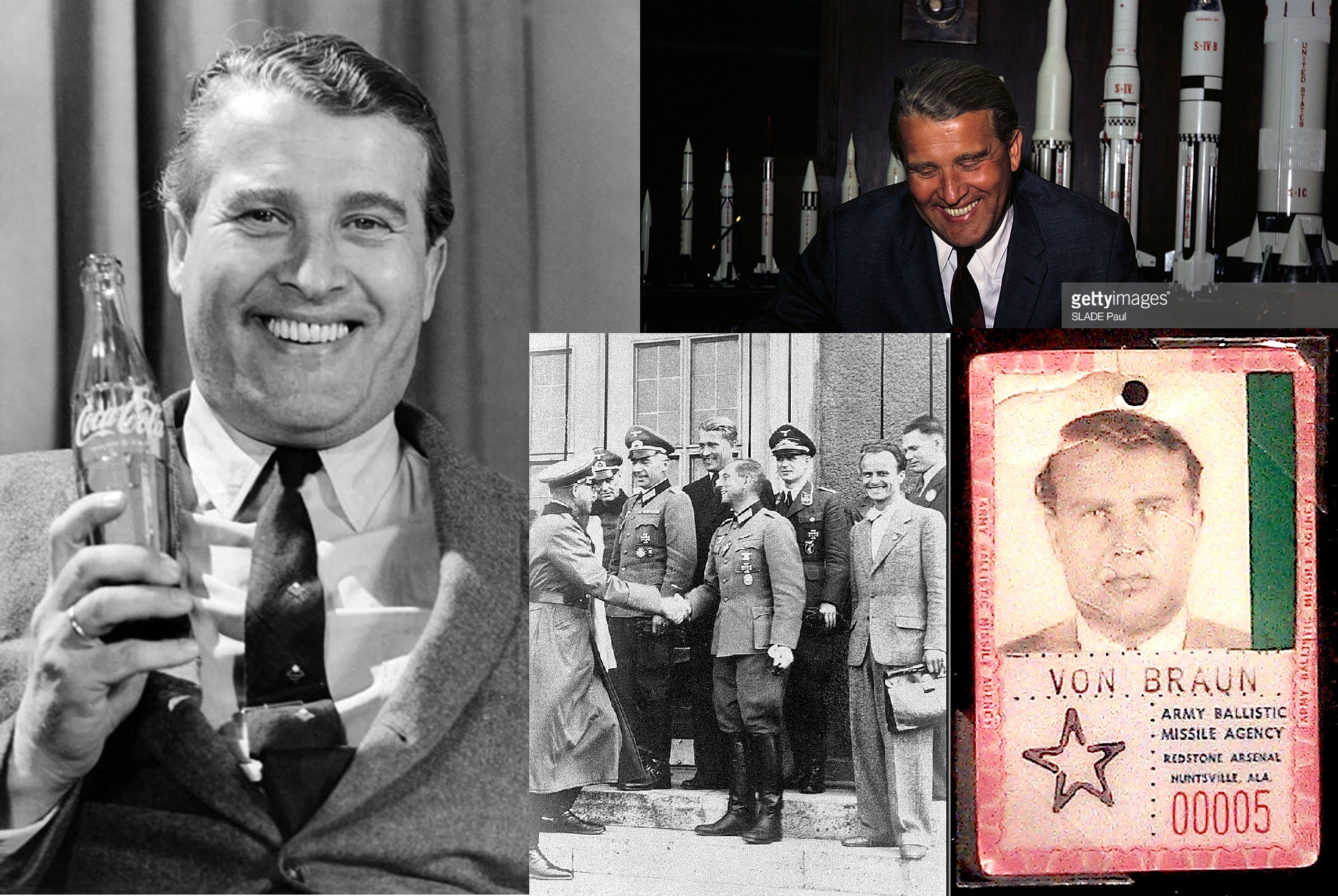
A small digression: my opinion in the failure of the "who's first" race is to blame for Eisenhower and his team. I will explain.
- In July 1955, the 34th President of the United States Dwight Eisenhower (Dwight David Eisenhower) officially announced that from July 1, 1957 to December 31, 1958, in the framework of the International Geophysical Year (IYY) program, when 67 countries were Earth will conduct geophysical observations and research on a single program and methodology, America intends to launch an artificial satellite of the Earth. A little later, the Soviet Union made a similar statement, but few paid attention to it. Although the USSR announced this not behind the scenes, but officially: in the sixth issue of Radio magazine for 1957, radio frequencies and the type of signals of the future satellite were published.

- Eisenhower advisers believed that the developers of American long-range missiles could not be distracted by ephemeral civilian projects, since the benefits received by the military from a non-military space program would not justify the required expenses. The first ballistic missiles were in short supply, and the Administration did not want to waste them on such “trifles” as a peaceful space ...

When, on May 26, 1955, the National Security Council (US National Security Council) remembered and made a decision №1408, approving the national space program (provided that it would not interfere with the creation of combat ballistic missiles) and recommending to the United States "to launch a small scientific satellite the protection of the IGY, emphasizing its peaceful purpose ... ".
It was already too late: by the summer of 1955 there were no “non-military” missiles with the required characteristics in the United States. - They were too clever by themselves: in words, Eisenhower rejected the proposals of the Air Force, Navy and the US Army to participate in the creation of a “satellite”: in his opinion, the American satellite officially prepared for launch “should be used exclusively for scientific purposes, and its existence is not determined by aggressiveness of intentions”.

In fact, beautiful words covered the secret program WS-117, which was under implementation, and was aimed at creating a spy satellite launched with the help of a powerful carrier based on a Thor ballistic missile.
The White House, concerned about the possible acute reaction of the Russians to military vehicles crossing the space above the Soviet Union, intended first to launch a purely “civilian” and “scientific” satellite into orbit so that the Soviet military-political leadership had nothing to object to. in the IGY program), thus setting the precedent of “outer space” (the prevalence of outer space over state borders).
Excerpt from the Rand historical report:The military significance of the withdrawal of apparatuses to near-earth orbits is primarily due to the fact that the means of defense against air attack are rapidly improving. Modern radar technology detects aircraft at a distance of several hundred miles and is able to provide accurate data on their movement. Anti-aircraft artillery and guided missiles are capable of striking air targets at a considerable distance, and the use of remote fuses increases the effectiveness of anti-aircraft weapons several times. In these conditions, much attention is paid to increasing the speed of missile systems, which will significantly complicate their interception. Given this circumstance, it can be assumed that in the future high-speed unmanned missile systems will be used to a large extent and almost exclusively for an air attack. <...> Consequently, the development of an artificial satellite of the Earth will be directly related to the creation of an intercontinental ballistic missile. It should also be noted that the artificial satellite of the Earth is an observation vehicle that cannot be brought down by an adversary who does not have at his disposal such technical means.
Chasing two hares, and even “working under cover”, let both of them go.

The main political and technical challenge posed to NASA and the rocket baron, who deserved the trust of the highest circles, was to send a man into space.
After the launch of the PS-1 satellite, Werner von Braun, along with proposals for resuscitation of the Orbiter project, put forward a new manned flight program, which appeared under the name Project Adam. This program included a two-year work plan for the preparation of a suborbital human flight, which was to be held before the end of 1960. As the carrier, it was supposed to use a modernized Redstone rocket, a habitable capsule — a sealed nacelle from the stratostats used by the Air Force for high altitude research. In this case, the gondola was located in the instrument compartment of the rocket, just as the return capsules of geophysical rockets are placed.

According to Werner von Braun’s calculations, Redstone was supposed to bring the gondola with a man to an altitude of about 240 km; after that, the gondola is separated from the carrier and for at least 6 minutes moves along a ballistic trajectory, then the parachute is released, and the gondola performs a splashdown.

In the course of such a suborbital flight, it was planned to study the vital activity of the human body in conditions of overload and weightlessness, to check under natural conditions the efficiency of the manual control and communication systems, to develop criteria for designing habitable capsules for future spacecrafts. In addition, as noted in the memorandum, the launches of the Adam project will make it possible to confirm the fact of the US technical superiority in the eyes of the world community.


For the preparation and implementation of the first suborbital launch, the Army Ballistic Missile Directorate requested to allocate an amount of $ 11.5 million, with 4.75 million to be transferred immediately.
The project “Man Very High” was considered in July - August 1958. However, in connection with the establishment of NASA and the resubmission of the new agency of all structures involved in the space program, he was rejected. From the project in the future space program, only the suborbital flight scheme and the Redstone launch vehicle, a direct descendant of V-2, will remain.

In the photo: “The Martian Project” by Werner von Braun, suspiciously resembles the good old A-4b rocket of the Third Reich. In size only a bit more.
The Adam project was not the only option for a manned flight that came into being after the start of the race for leadership in space. In addition to von Braun, both the US Navy and the US Air Force made proposals for sending a man into space. The project of the latter - “Man in space in the shortest possible time” (Man in Space Soonest) or project 7969 - was the most thoughtful. And from the organizational and technical points of view.
There were other projects.
But that's another story.

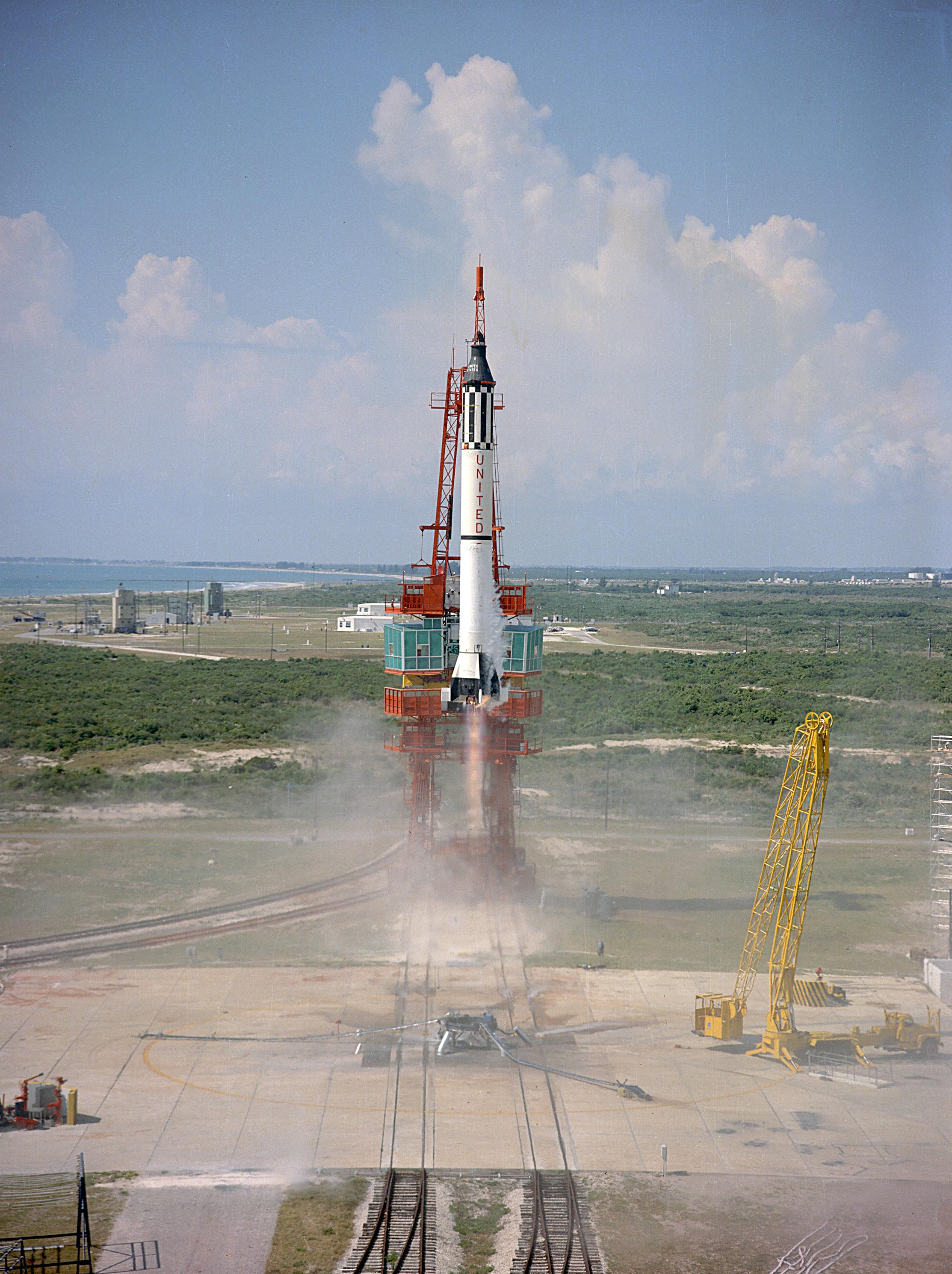

Afterword:
At the end of June 1961, the society “Finland - Soviet Union” invited the First Cosmonaut to its annual summer holiday, which was held in the north of Finland in the city of Kemi.

During his visit, Gagarin visited three Finnish cities: Helsinki, Tampere and Kemi. Finland was the first foreign country Gagarin visited.
During a stop at one of the stations, a Finnish retiree presented Gagarin with a pair of “dude”, old shoes, made up of birch bark. In such shoes, the Finns in the old days walked long distances along forest paths.
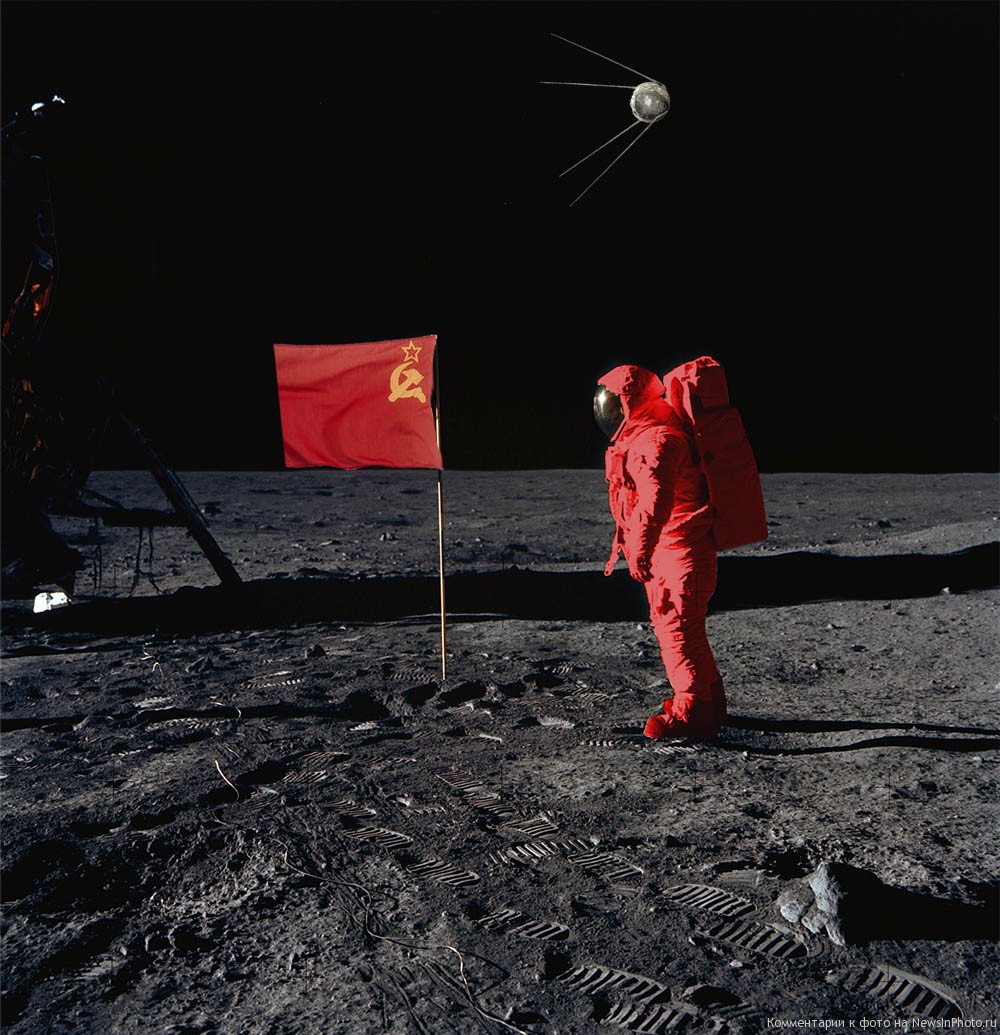
When you fly to the moon, ”the old man of the forest told Gagarin jokingly,“ take them with you. ” Reliable footwear, see for yourself!
Did not work out. A pity: the traces of lapte would look very impressive on the moon.

Gagarin Suomen television haastattelussa.Juri Gagarin saapui Suomeen junalla. 07/03/1961:
Having listened (and recommend you) to the entire report to Finnish television, I agree:
You know what a guy he was,
The one who opened the star trail? ..
There was fire and thunder
Measure the cosmodrome,
And he said quietly ...
He said, "Let's go!"
He waved his hand ...
Most of the text, of course not mine, but borrowed from the original sources listed below.
Original sources, photos, links and videos:
[1] Ratchet and Clank: Galactic Rangers (Ratchet & Clank), 2016
"Pervushin A. Astronauts of Hitler": Yauza, Eksmo; M .; 2004
The project "Adam" and the first man in space
lunarmodule5: Liberty Bell 7 - Full Mission
OCR Chernovol V.G. "Road to Space": Military Publishing House of the Ministry of Defense of the USSR; Moscow; 1961
"Constellation of Gagarin" (A. Pakhmutova - N. Dobronravov)
www.this-space-available.blogspot.ru
www.thehighfrontier.files.wordpress.com
www.spacerockethistory.com
www.epizodsspace.no-ip.org
www.epizodsspace.narod.ru
www.alamy.com
www.rulit.me
www.newsinphoto.ru
www.io9.gizmodo.com
www.planeta-zemla.info
www.astronautix.com
www.wikipedia.org
www.history.wikireading.ru
www.3dnews.ru
www.unotices.com
www.nasa.gov
www.ria.ru
www.mts.kg
www.inosmi.ru
"Pervushin A. Astronauts of Hitler": Yauza, Eksmo; M .; 2004
The project "Adam" and the first man in space
lunarmodule5: Liberty Bell 7 - Full Mission
OCR Chernovol V.G. "Road to Space": Military Publishing House of the Ministry of Defense of the USSR; Moscow; 1961
"Constellation of Gagarin" (A. Pakhmutova - N. Dobronravov)
www.this-space-available.blogspot.ru
www.thehighfrontier.files.wordpress.com
www.spacerockethistory.com
www.epizodsspace.no-ip.org
www.epizodsspace.narod.ru
www.alamy.com
www.rulit.me
www.newsinphoto.ru
www.io9.gizmodo.com
www.planeta-zemla.info
www.astronautix.com
www.wikipedia.org
www.history.wikireading.ru
www.3dnews.ru
www.unotices.com
www.nasa.gov
www.ria.ru
www.mts.kg
www.inosmi.ru
Source: https://habr.com/ru/post/373261/
All Articles